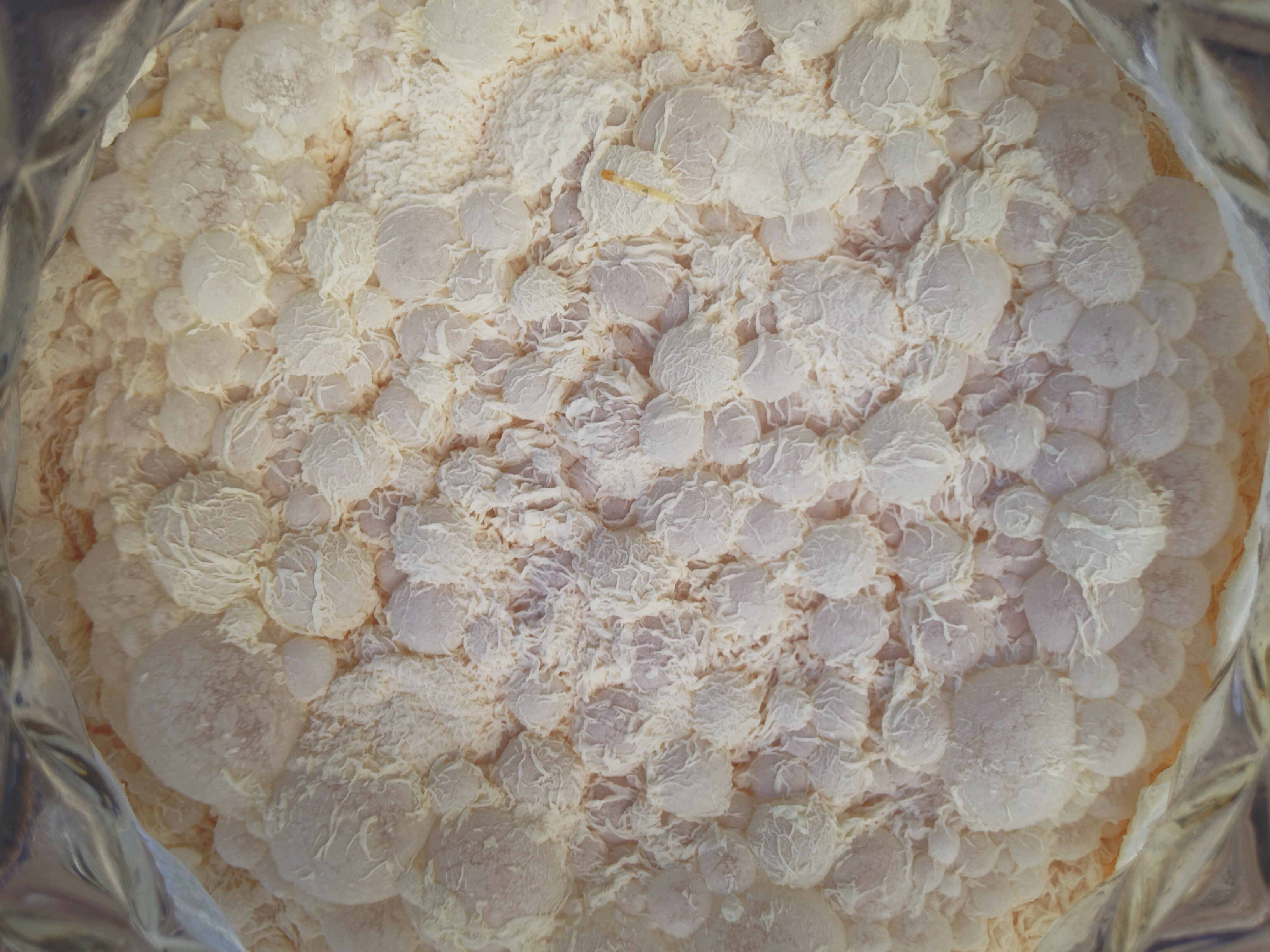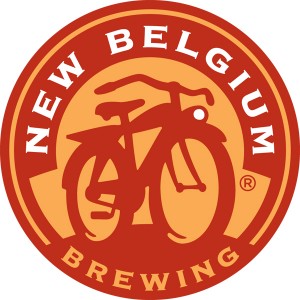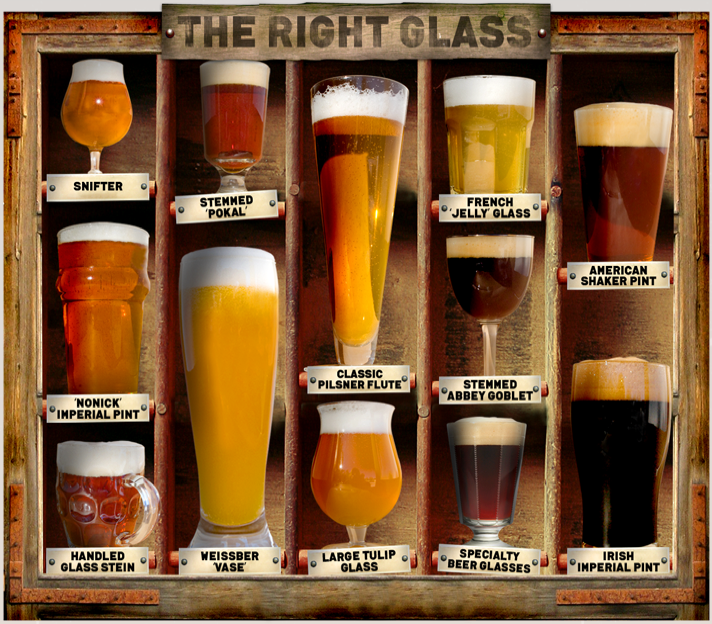If you have not, read part 1 first, as this will give you a primer on how I cultured wild lactobacillus. WARNING: another long-winded post on things that you probably don’t care about unless you are a nerd like me!

After nearly a week of letting my lactobacillus starter sit outside, the pellicle inside was huge and it smelled like lemon yogurt. I finally brewed the beer. The plan was for this to be a sour saison. I added some rye malt as well, to ensure that there’s a more complex malt character and so that this doesn’t turn too thin and weird if the lactobacillus I cultured sucks.
At this point, you have a couple of options on how you can add the lactobacillus: (more…)

If you’re anything like me, then when you do something for the first time, you like to make it as complicated as possible. Case in point: making a sour beer.
Sour beers get sour by adding bacteria that converts sugars into various acids. Lactic acid is most common in sour beers, providing a clean, lemony taste. However other acids that could be found include malic acid; which tastes like sour apples, acetic acid; which is basically vinegar, and butyric acid; which is similar in aroma to bile. The bacterias and wild yeasts that create these acids (namely lactobacillus, pediococcus, sherry flor, and brettanomyces) can very easily be purchased by a number of yeast labs. But I thought it would be more fun to culture my own lactobacillus.
WARNING: long-winded, microbiology filled post!
Lactobacillus (henceforth known by it’s more common street name: lacto) can be found virtually everywhere, including inside the human body. Lacto is also what’s used to sour milk into yogurt. In fact, I’ve read that you can even use yogurt as a lacto starter to add directly to beer. I decided instead to use a more practical source: malted barley. (more…)
2013 was a great year for us and we want to thank you all for continuing to read and share our articles, tagging your photos #hookedonhops, and saying hello to us when we are out at a bar or festival. We appreciate all of it, and we are excited for what’s to come in 2014!
In the meantime, I have compiled the articles and topics that were the most popular over the past year. Enjoy! (more…)

While Lauren Salazar was in Las Vegas for several of the New Belgium events in town, I was given a chance to sit down with her and discuss New Belgium’s creative process and some of their upcoming projects.
La Folie has become one of my favorite beers and being able to sit down and talk with the blender who makes La Folie was awesome. I’m really looking forward to all of the new beers that we discussed, as well as New Belgium’s expansion.
Hooked on Hops: You’re known for being the wood cellar manager at New Belgium and blending sour beers, like La Folie. What are some non-sour beers that you enjoy drinking?
Lauren Salazar: I’m a crazy stout fan! Anything dark, malty, huge; that’s my thing. Old Rasputin, Big Bad Baptist, I love anything huge and big. (more…)

Glassware is one of the most under appreciated aspects of enjoying craft beer. That truth is however, that glassware is probably one of the most important factors in whether a beer can be found enjoyable or not.
First, it is important to understand how vital aroma is to contributing to flavor perception. The human tongue is only capable of discerning five different tastes (sweet, salty, sour, bitter, and umami). But if these are the only tastes that we can detect, how is it that we can perceive the difference between one beer to the next? Our sense of smell, on the other hand, can detect between 4,000 and 10,000 different odor molecules! Our perception of flavor is in part determined by what our tongue tastes, but also the smells that our nasal passage detects.
If you want to truly taste a beer to the fullest, inhale through your nose as you are drinking, hold your breath as you taste it in your mouth, and breath out your nose after you swallow. By drinking beer this way, you are taking in the aroma and smell of the beer as you are drinking and after you swallow, you are allowing the aroma to travel back though your nasal passage so you can get a good sense of it’s aftertaste.
So, now that you know how important your sense of smell is, why does glassware matter? You want something that is going to allow you the best possible experience of being able to smell and take in the aroma of you beer. How well do you think you can smell your beer by drinking out of the bottle?
Aside from contributing to aroma perception, proper glassware also depends on the style of beer you are drinking. The above image is taken from craftbeer.com This link is a great resource for learning and understanding what glassware best compliments which style of beer. I highly recommend checking it out.



